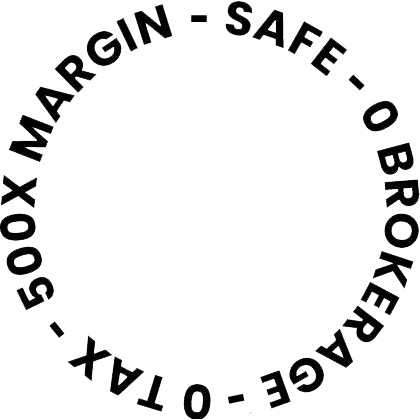Day Trading vs Swing Trading: Which One Is Right for You?
Introduction
When entering the world of trading, one of the first decisions you’ll face is choosing a trading style. Two of the most popular approaches are day trading and swing trading. Both have the potential to generate profit — but they require very different strategies, mindsets, and time commitments.
This blog explores the differences between day trading and swing trading, the pros and cons of each, and how to determine which one is a better fit for your goals and lifestyle.
What is Day Trading?
Day trading involves buying and selling financial instruments within the same trading day. The goal is to capitalize on short-term price movements, often using technical analysis and momentum strategies.
Key Characteristics:
- Positions are closed before the market closes
- Requires constant market monitoring
- High trade frequency (multiple trades per day)
- Common in stocks, forex, and crypto markets
Pros:
- No overnight risk
- Frequent opportunities
- Fast-paced, high adrenaline
Cons:
- Time-intensive — often a full-time job
- Emotionally demanding
- High transaction costs
What is Swing Trading?
Swing trading involves holding positions for several days to a few weeks, aiming to capture short- to medium-term price swings. Traders rely on a mix of technical and fundamental analysis.
Key Characteristics:
- Positions held overnight or longer
- Less screen time than day trading
- Lower trade frequency
- Popular in stocks, commodities, and indices
Pros:
- Less stressful and time-consuming
- Allows time for decision-making
- Suitable for part-time traders
Cons:
- Exposed to overnight gaps and news events
- Slower return on capital
- Requires patience
Day Trading vs Swing Trading: Side-by-Side Comparison
| Factor | Day Trading | Swing Trading |
|---|---|---|
| Trade Duration | Intraday only | Days to weeks |
| Time Commitment | Full-time | Part-time possible |
| Risk Exposure | Lower overnight risk | Exposed to overnight risk |
| Stress Level | High | Moderate |
| Trade Frequency | High (many per day) | Low (few per week) |
| Skill Required | Advanced technical skills | Mix of technical + fundamental |
| Capital Needed | Varies; higher for frequent trades | Lower capital can work |
How to Choose the Right Strategy
Ask yourself:
- Do I have time to monitor markets all day?
→ Yes ⇒ Consider day trading
→ No ⇒ Swing trading may suit you better - Can I handle fast decision-making and pressure?
→ Yes ⇒ Day trading could be for you
→ No ⇒ Swing trading allows more breathing room - Do I have enough capital to manage multiple intraday trades?
→ Day trading often requires more active trading and margin - Am I more analytical or intuitive?
→ Day traders rely heavily on fast-paced technical setups
→ Swing traders often combine charts with broader market trends
Tip for Beginners
If you’re new to trading:
- Start with swing trading to learn market behavior and discipline
- Use demo accounts to practice both styles
- Track your performance in each approach before committing long-term
Conclusion
There’s no one-size-fits-all answer when it comes to trading styles. Both day trading and swing trading have their place, and many successful traders even combine elements of both.
Your choice should reflect your:
- Lifestyle
- Risk tolerance
- Emotional resilience
- Availability and capital
Experiment, learn, and find the rhythm that works best for you.
Start Trading in 3 simple steps
- 1
Quick Registration
Sign up with just an Email & Phone number
- 2
Deposit Instantly
Super fast Deposits via UPI or bank transfer
- 3
Start Trading
Start Trading in seconds in the Global Exchanges


Contact Our Team



 Google Play
Google Play  App Store
App Store  Desktop
Desktop  Web
Web 


 info@tradebazaar.com
info@tradebazaar.com  WhatsApp Chat +91 96108 64209
WhatsApp Chat +91 96108 64209